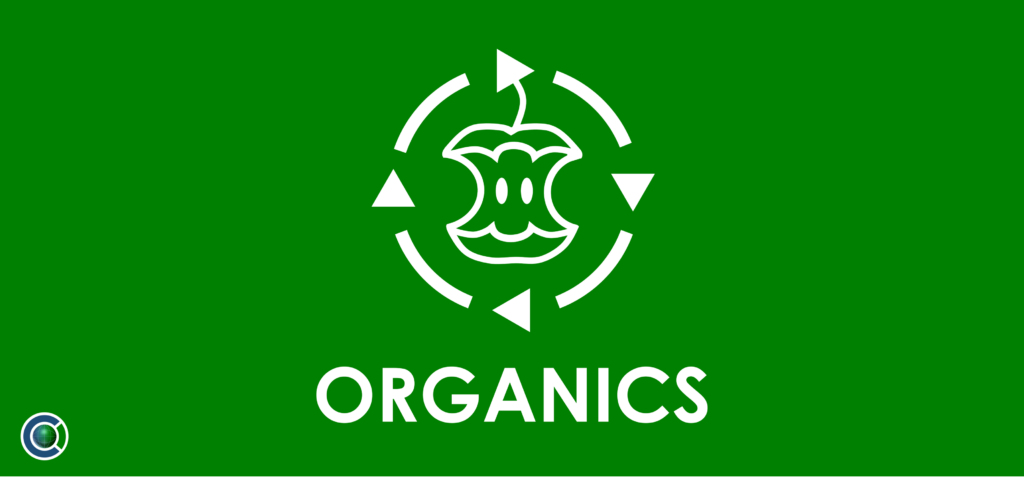
It’s time to separate the Food Waste “Organics”

The evolution of trash disposal has fortunately included the adoption of recycling over the past few decades. However, food waste contributes to over 24% of landfills, and it is a resource that we can recover and repurpose with advanced technologies beyond composting. The key is to separate the “Organics,” and countries such as Germany and Switzerland are already doing it.
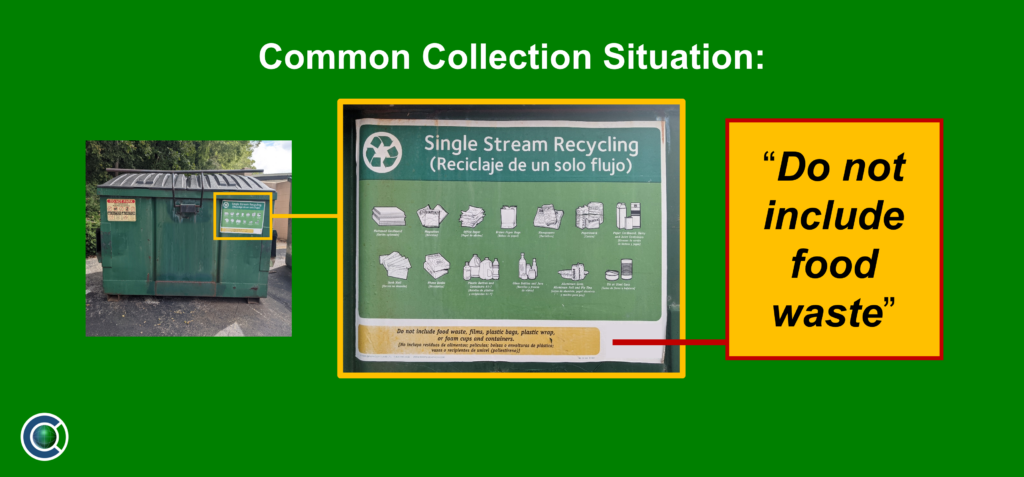
Supermarkets and Grocery Stores are large contributors of Food Waste to landfills. The logistics of disposal and collection are easier for a PHASE 1 starting point in America than other commercial or residential resource recovery.
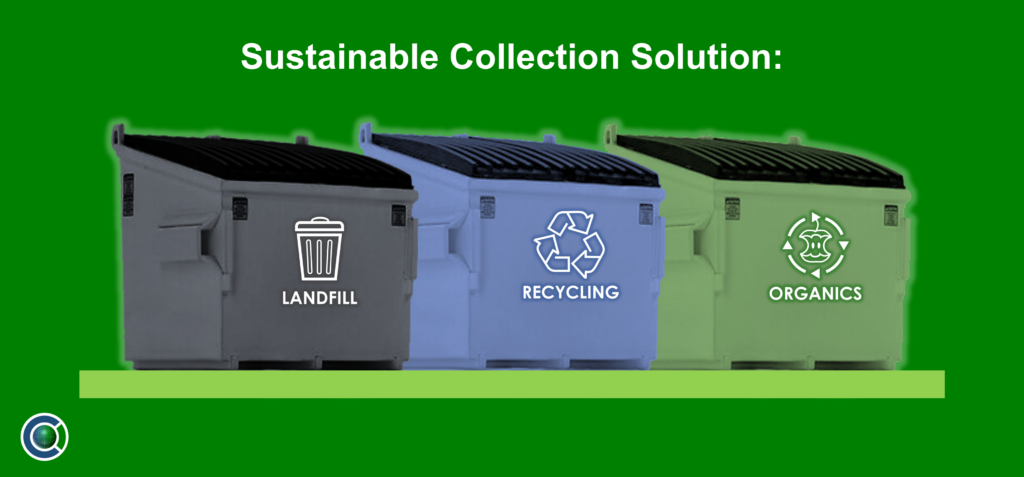
Beyond Supermarkets and Grocery Stores, the PHASE 2 recovery may include the education sector (K-12 schools, colleges, and universities) along with airports, shopping malls that have food courts, and other properties, ranging from large multi-family apartment buildings to military bases. For those properties, three-part receptacles for Landfill, Recycling, and “Organics” can serve as the transition to dumpsters. We expect that PHASE 3 single family home collection may take a decade for adoption in America, even though some European companies are already doing it.
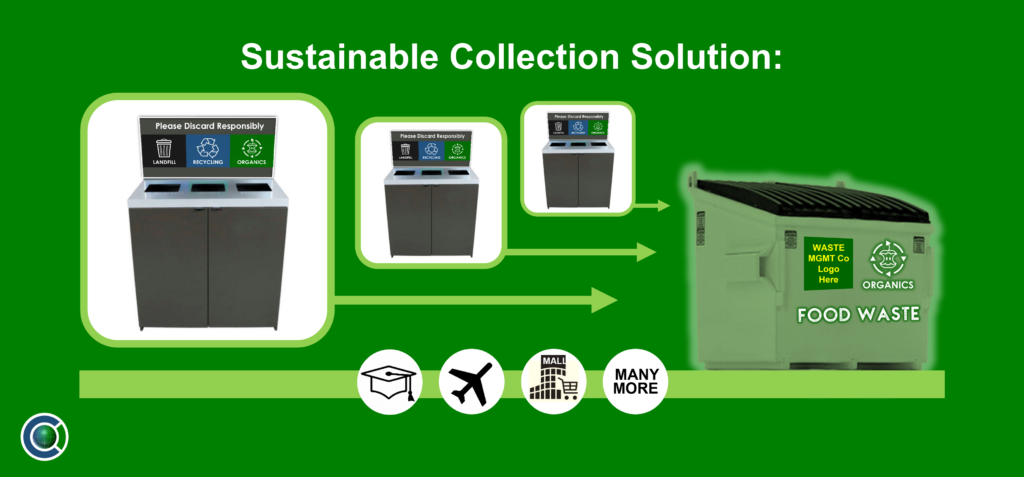
With “Organics” separated, the logistics of transit follows the traditional model of collection for trucking the waste. The only key difference is that the Organics go to BIOWASTE CENTERS for Resource Recovery instead of landfills.
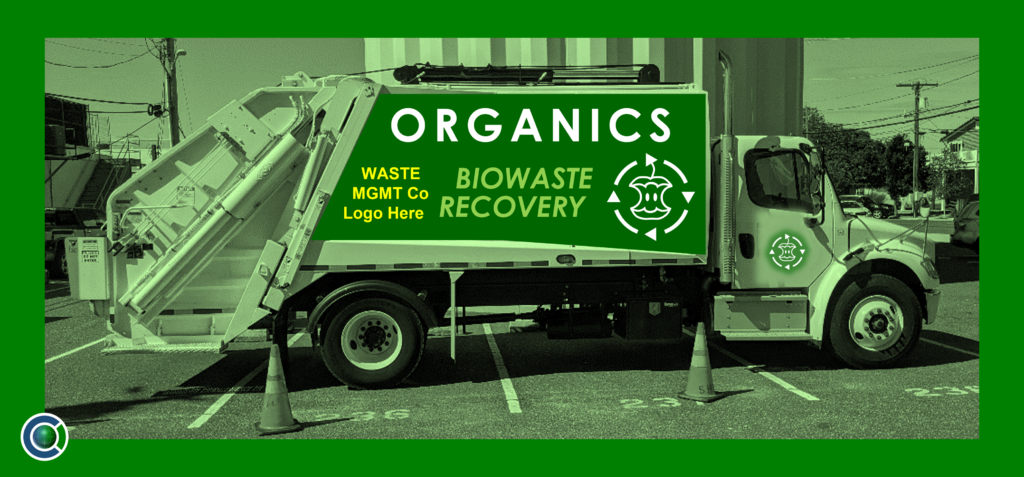
BIOWASTE CENTER has taken the initiative to design the “Organics” graphic to encourage the market and legislators to begin focusing on the next-generation of waste processing. The assets are too valuable to waste, and the greenhouse gas emissions reduction is more important now than ever.
